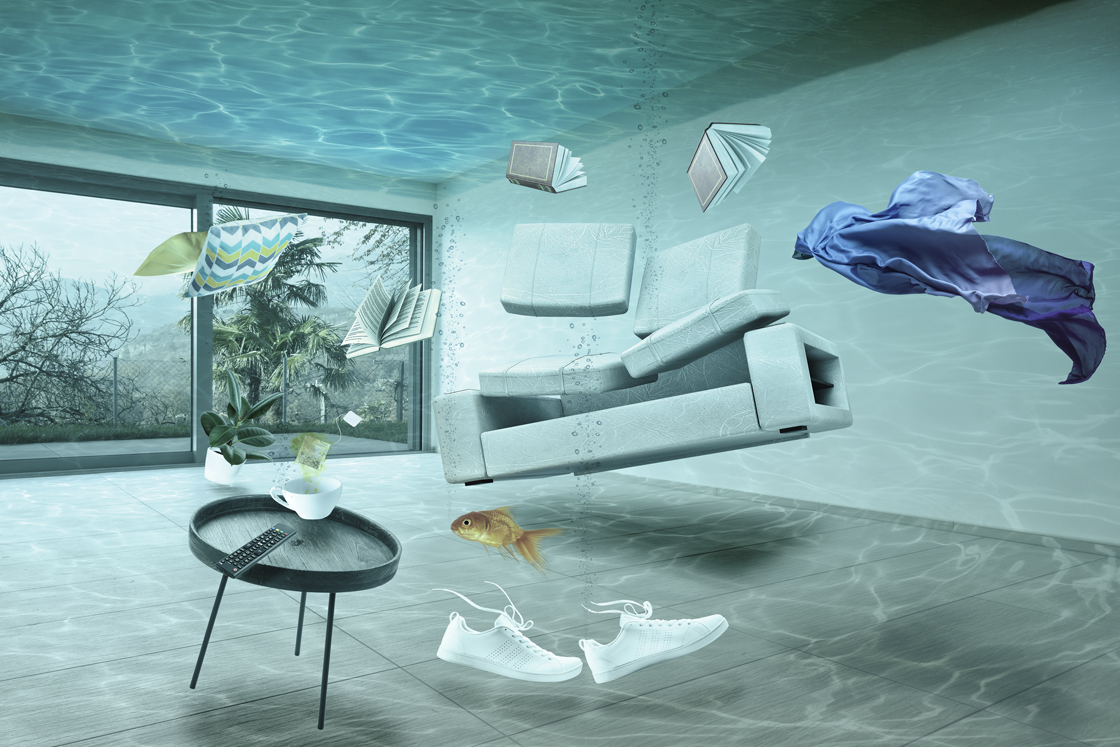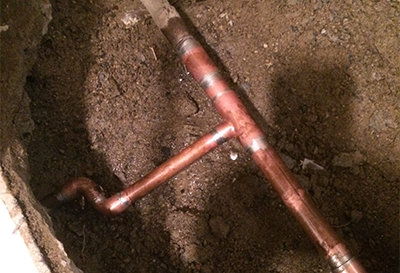How to Examine If Your Residence Has a Concealed Leak
How to Examine If Your Residence Has a Concealed Leak
Blog Article
We have come across this post pertaining to Finding hidden leaks listed below on the internet and reckoned it made good sense to share it with you over here.

Early detection of dripping water lines can mitigate a prospective calamity. Some tiny water leakages might not be noticeable.
1. Analyze the Water Meter
Every house has a water meter. Inspecting it is a guaranteed manner in which aids you uncover leaks. For beginners, switch off all the water sources. Guarantee no person will flush, make use of the faucet, shower, run the washing maker or dishwasher. From there, go to the meter and also watch if it will change. Considering that no person is utilizing it, there need to be no movements. If it relocates, that shows a fast-moving leakage. Furthermore, if you spot no changes, wait an hour or two as well as examine back once more. This indicates you might have a slow-moving leakage that can even be underground.
2. Check Water Consumption
Assess your water bills and track your water consumption. As the one paying it, you ought to discover if there are any type of inconsistencies. If you identify sudden changes, in spite of your usage being the same, it implies that you have leaks in your plumbing system. Remember, your water bill should fall under the same array every month. An abrupt spike in your costs suggests a fast-moving leak.
On the other hand, a stable increase every month, despite having the exact same practices, shows you have a slow-moving leakage that's also gradually rising. Call a plumber to extensively inspect your property, specifically if you feel a cozy area on your flooring with piping beneath.
3. Do a Food Coloring Test
When it involves water usage, 30% comes from commodes. Test to see if they are running effectively. Drop flecks of food color in the container as well as wait 10 mins. If the color in some way infiltrates your bowl throughout that time without flushing, there's a leak in between the tank and also bowl.
4. Asses Outside Lines
Don't neglect to check your outside water lines also. Test spigots by affixing a garden pipe. Should water leak out of the link, you have a loosened rubber gasket. Replace this as well as make certain all connections are tight. If you have actually obtained a lawn sprinkler, it will certainly aid get it expertly took a look at and also maintained yearly. One little leakage can waste tons of water and surge your water expense.
5. Examine the circumstance as well as check
Home owners need to make it a habit to examine under the sink counters and also also inside closets for any type of bad odor or mold and mildew growth. These two red flags indicate a leak so punctual focus is called for. Doing regular examinations, also bi-annually, can save you from a major problem.
If you understand your home is already old, maintain a careful eye on your heating systems, pipes, pipes etc. Check for discolorations and also deteriorating as the majority of pipelines as well as home appliances have a life span. They will certainly also normally wear away because of tear and put on. If you presume leaking water lines in your plumbing system, don't await it to intensify. Call an expert plumber as soon as possible so you don't wind up with an awful mess in your home.
Early detection of dripping water lines can mitigate a prospective disaster. Some small water leakages may not be noticeable. Checking it is a proven way that assists you uncover leaks. One small leakage can squander bunches of water and surge your water bill.
If you presume dripping water lines in your plumbing system, don't wait for it to intensify.
WARNING SIGNS OF WATER LEAKAGE BEHIND THE WALL
PERSISTENT MUSTY ODORS
As water slowly drips from a leaky pipe inside the wall, flooring and sheetrock stay damp and develop an odor similar to wet cardboard. It generates a musty smell that can help you find hidden leaks.
MOLD IN UNUSUAL AREAS
Mold usually grows in wet areas like kitchens, baths and laundry rooms. If you spot the stuff on walls or baseboards in other rooms of the house, it’s a good indicator of undetected water leaks.
STAINS THAT GROW
When mold thrives around a leaky pipe, it sometimes takes hold on the inside surface of the affected wall. A growing stain on otherwise clean sheetrock is often your sign of a hidden plumbing problem.
PEELING OR BUBBLING WALLPAPER / PAINT
This clue is easy to miss in rooms that don’t get much use. When you see wallpaper separating along seams or paint bubbling or flaking off the wall, blame sheetrock that stays wet because of an undetected leak.
BUCKLED CEILINGS AND STAINED FLOORS
If ceilings or floors in bathrooms, kitchens or laundry areas develop structural problems, don’t rule out constant damp inside the walls. Wet sheetrock can affect adjacent framing, flooring and ceilings.
https://www.servicemasterbyzaba.com/blog/how-to-detect-water-leakage-in-walls/

I have been very occupied with Finding hidden leaks and I am praying you enjoyed our page. Are you aware of somebody who is looking into the topic? Take a moment to promote it. Bless you for your time. Don't hesitate to check our site back soon.
Report this page